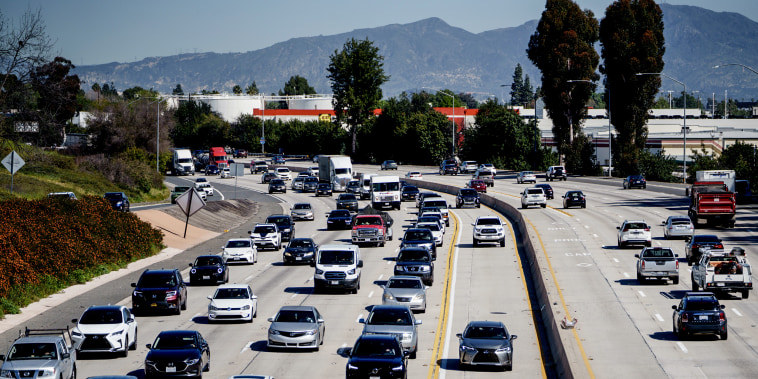In recent years, one area of expenditure that has seen a significant rise in costs is auto insurance. The rising prices in the auto insurance sector have contributed to the overall inflation rate, causing concern among consumers and policymakers alike. Understanding the factors driving these increases is crucial for individuals looking to manage their budgets effectively.
One of the key drivers behind the escalating costs of auto insurance is the rise in claims payouts. With an increase in the number of accidents and the severity of damages, insurance companies are facing higher costs to settle claims. Factors such as distracted driving, an uptick in traffic congestion, and the proliferation of expensive vehicle technology have all played a role in pushing up claim amounts.
Moreover, advancements in vehicle technology have also impacted insurance prices. Modern cars are equipped with sophisticated safety features and costly components, which can drive up repair and replacement costs following an accident. Insurers need to account for these higher expenses when calculating premiums, leading to an overall increase in insurance prices.
Another factor contributing to the inflation in auto insurance prices is the rising medical costs associated with accidents. Medical treatments and procedures are becoming more expensive, and this is reflected in the costs of personal injury claims. As insurers need to cover these mounting medical expenses, policyholders end up bearing the brunt through higher premiums.
Furthermore, the prevalence of fraud in the insurance industry has also had a significant impact on pricing. Fraudulent claims, whether they involve staged accidents, exaggerated injuries, or other forms of deceit, not only cost insurers billions of dollars each year but also drive up premiums for honest policyholders. The need to combat fraud adds another layer of costs for insurance companies, which are ultimately passed on to consumers.
In addition to these factors, external elements such as extreme weather events and natural disasters can also contribute to spikes in insurance prices. As climate change leads to more frequent and severe weather incidents, insurers face higher payouts for damages caused by hurricanes, floods, and wildfires. These unexpected events can strain insurance company reserves, leading to premium hikes to offset the losses.
In conclusion, the escalating prices in the auto insurance sector have become a significant contributor to overall inflation rates. Understanding the factors driving these increases, from rising claims payouts to advances in vehicle technology and fraud, is crucial for consumers seeking to navigate the complex landscape of insurance pricing. By staying informed and exploring ways to mitigate risks, individuals can better manage their insurance costs and protect themselves against unforeseen financial burdens.



























